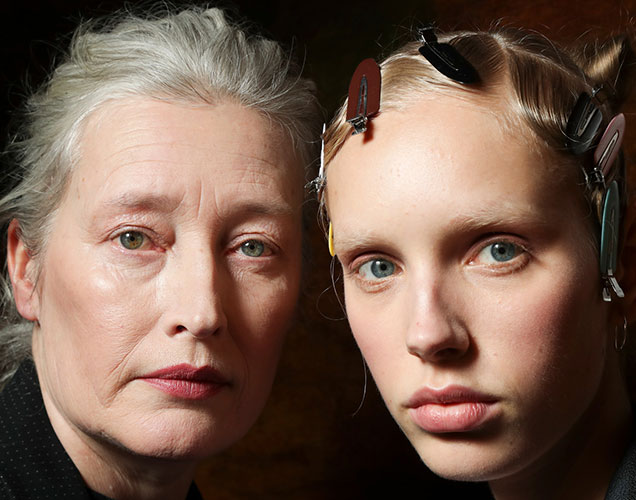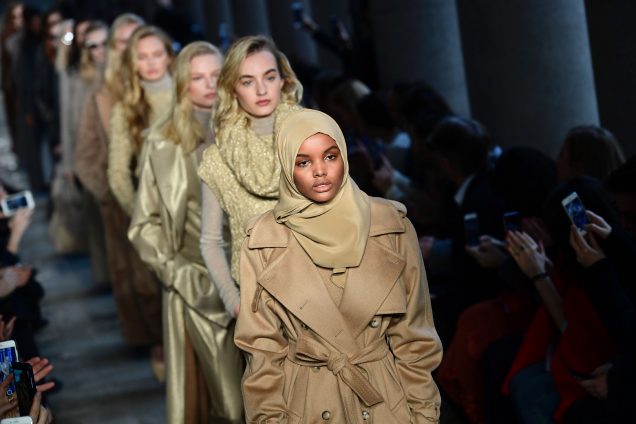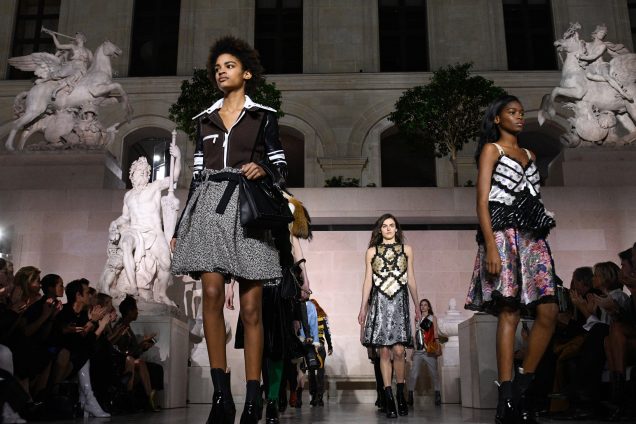Fashion shows and model casting has remained a controversial and fascinating topic within the industry and beyond.

As the seasons change, trends come and go and an angry critic is never too far behind with their latest debate. When it comes to choosing new models, it’s no surprise the fashion industry has a reputation for racial and consumer bias. Recently, the latest statistics from this year and last’s fashion shows, prove the runway is slowly becoming more diverse.
In 2016 and 2017, the fashion industry has kicked off to urge designers and model agencies to make more diverse casting decisions. With the urge of public feedback and fashion critics, the practice of inclusivity is now becoming more recognised. It was only six years ago, modelling agencies like IMG models, started to scout for people who went against conventional ‘model material’ and hired those who broke size, race, gender and age. If you think about it, that’s fairly recent. Director of IMG Ivan Bart, a strong believer of human rights claims the industry should increase its efforts to consider what ‘fashion’ means for their audience.

Instead of casting or designing for those who set a specific style, the industry should instead be promoting those who simply love fashion and cater to every person. This year is the time to emphasise the importance of inclusion. He also states a model of colour, different age or size will inevitably have to work harder to be seen and heard in the industry.
“I’m a person who believes in human rights and elevating all kinds of people. We [the fashion industry] have an influence over the young people. They have to start seeing themselves too” – President of IMG Ivan Bart.
Bart believes having greater diversity on the runway can boost the fashion industry’s reputation and result in successful sales, thus expanding business. Significant changes include having a more diverse roster of models or combining plus size runway shows with standard shows instead of segregating the two. He also encouraged agencies to be more inclusive in searching for models rather then relying on just one look. Although he views the runway as a fantastic avenue to promote diversity, it is just a small part of the industry. Items showcased are usually sample sizes and unfortunately do not cater to the audience majority. What is the point of designing clothes for just one size if you want people to buy them? Fashion therefore, has an opportunity to represent everyone, not just on the runway, but through fashion magazines, articles and blog posts. We are in an era where diversity and individuality are celebrated so the fashion industry has a responsibility to represent it.

Thanks to social media and audience response, the fashion industry can no longer turn a blind eye to model and consumer bias. We wouldn’t have even heard about fashion icons Kendall Jenner and Gigi Hadid if it weren’t for Instagram. Due to social media, there is a definite increase in model diversity. In 2016, 77% models from the AW16 runway were white, unlike the previous year which was 80%. Casting director James Scully noticed the effects of social media on the shift in model demographics.
‘Social media was a way for models to break the past mould of what was just faceless, bodiless and personality-less… The rise of social media has made people realise they were missing the bigger picture,’ – James Scully

This year’s fashion shows did not disappoint. Diversity and individuality was ‘in season’ on the runways. According to Fashion Spot, 2017 has the highest results of diversity after compiling data for over two and a half years. Statistics state nearly 28% minimum of the models who walked on the runways of New York, Milan and Paris were defined as ‘diverse’, not just ethnically but gender, age and size. The most inclusive brands being Marc Jacobs, Dolce & Gabbanna, Simone Rocha and Christian Siriano. In the Autumn/Winter 2017 season report, out of the 241 shows and the 7, o35 castings that took place (among the four events), the number of diverse models rose 27.9% in February. Plus size models made up 0.43% of all castings, 0.029% were models aged 50 and transgender models made up 0.17%. With such fantastic results, fashion is truly moving towards a more diverse industry.

Even after a remarkable Autumn/Winter 2017 show and the industry’s advancements in diversity, it will take another several years before we start seeing widespread acceptance of models in varying sizes, ages, races and gender identities. But thanks to fashion activists like James Scully, Ivan Bart and the public eye, progress for fashion diversity although slow, continues to persevere.
We’ll get there eventually!







